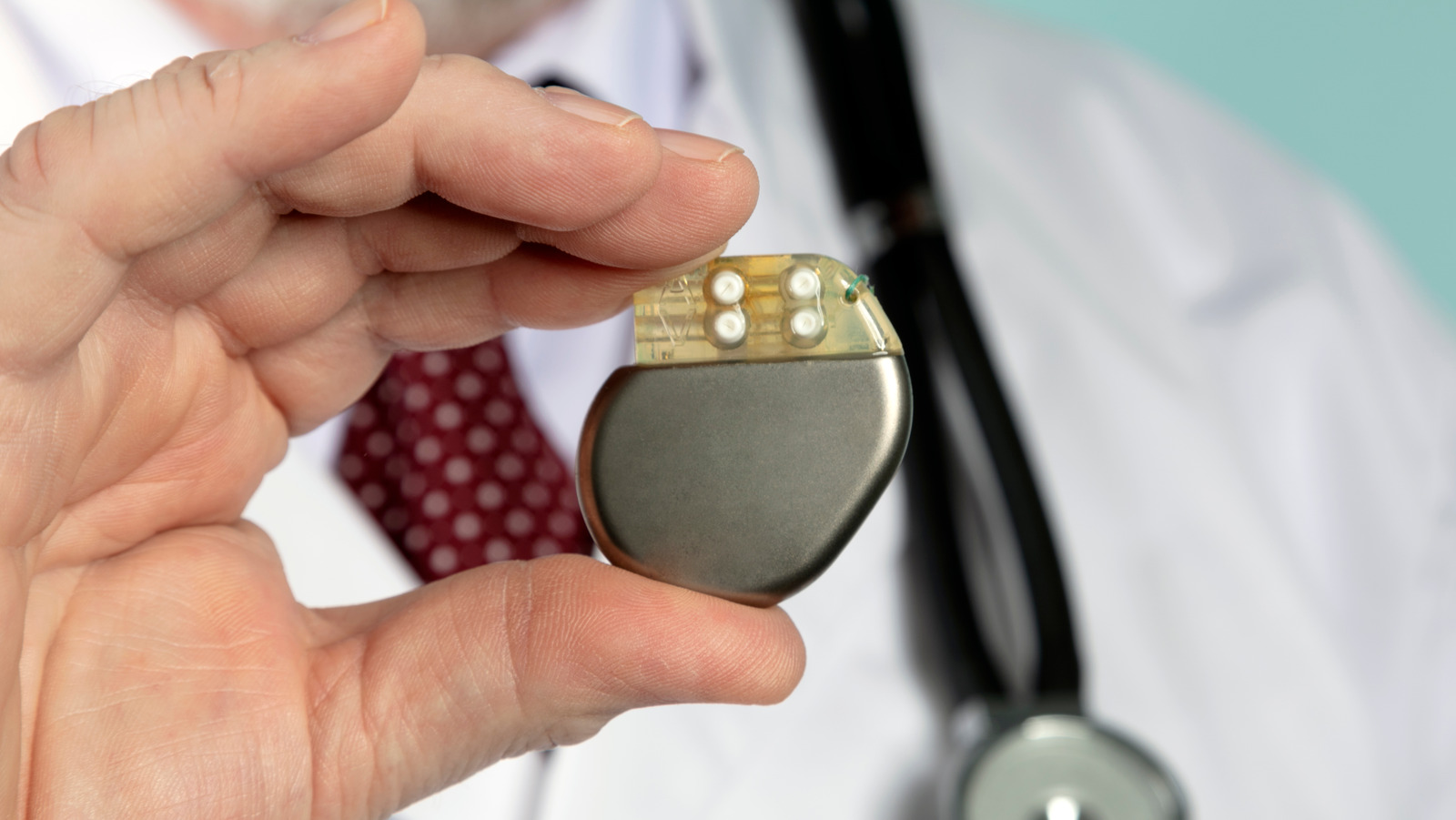The Reason Cardiac Pacemakers Were Originally Invented

In the mid-20th century, surgeons wanted to make open heart surgery easier to perform. They were experimentally inducing hypothermia while before starting cardiac surgery on dogs, the St. Luke’s Hospital history explains. This means that the heartbeat would be significantly slowed so the surgeons could operate with less complication. There was just one catch, though: the physicians may or may not have ben able to restore the heart to its original function quickly enough, and only about half of the dogs were surviving, according to a recount by CBC.
Dr. Wilfed Bigelow was performing an experimental surgery on a dog in 1949 when its heart suddenly stopped. As an inquisitive, somewhat desperate attempt, Bigelow poked the dog’s heart with an electrical probe — more specifically, he poked the sinoatrial node, the heart’s “natural pacemaker” — and was stunned to see the heart lurch back to life.
On Dr. Bigelow’s team was one unlikely ally, John Hopps, a Canadian electrical energy that worked for the National Research Council of Canada studying hypothermia. The camaraderie between medicine and engineering was an unusual fortune for the team at a time when the two disciplines rarely worked together, Hopps told CBC back in 1984. Dr. Bigelow’s discovery that electric current restarted and put back on pace an unbeating heart set off a flurry of research and development for Hopps, who set out to invent a machine specifically meant for restoring heartbeats. Yet to come was the pacemaker.
For all the latest Games News Click Here
For the latest news and updates, follow us on Google News.
